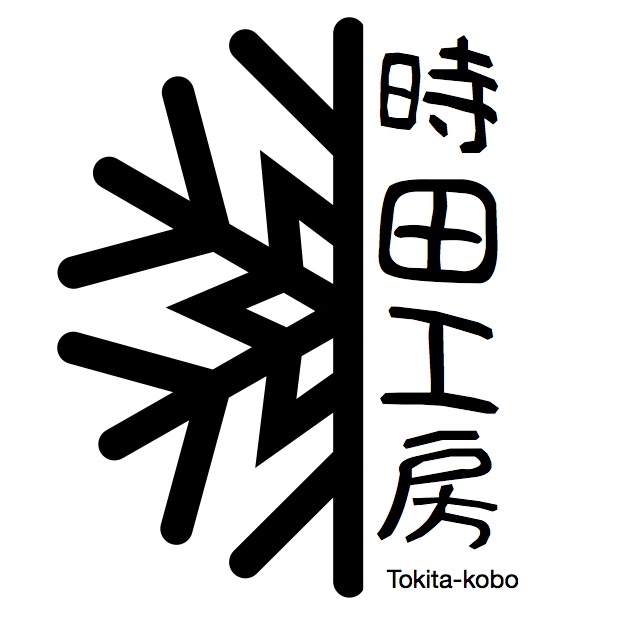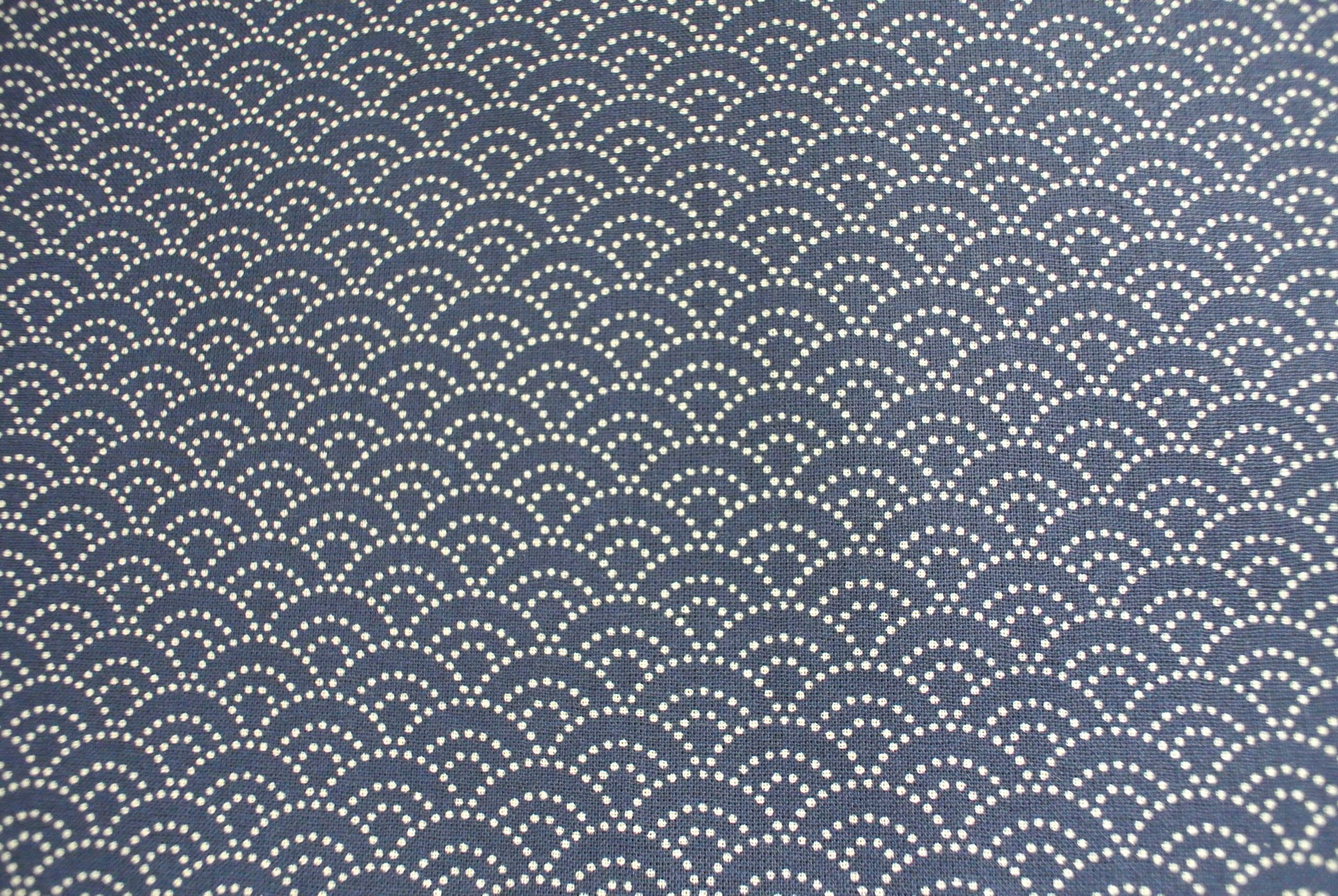In the rich tapestry of Japanese design, few patterns are as iconic and enduring as Seigaiha (青海波), which translates to “blue ocean waves.” This stunning motif captures the beauty and tranquility of the ocean, reflecting the deep connection between nature and Japanese culture. Let’s dive into the history, significance, and modern applications of the Seigaiha pattern!
What is Seigaiha?

Seigaiha is characterized by its repetitive, interlocking wave shapes, creating a sense of rhythm and movement. The pattern traditionally consists of curved lines that represent waves, often depicted in a way that suggests continuity and harmony.
- Color Palette: The waves are typically rendered in blue, green, or white, evoking the colors of the sea and sky. However, modern interpretations may include a wide range of colors to suit various aesthetics.
- Symbolism: The Seigaiha pattern symbolizes peace, good fortune, and longevity. The waves are seen as a representation of the endless flow of life, making it a popular choice in many aspects of Japanese art and design.
This pattern is the one of popular among Canadians.
Historical Background
The Seigaiha pattern has a long history in Japan, with roots tracing back to the Heian period (794-1185). Initially seen in textiles, ceramics, and traditional crafts, this pattern reflects the aesthetic values of the time, emphasizing simplicity and elegance.
Seigaiha (青海波) is more than just a pattern; it embodies the spirit of Japanese culture, reminding us of the beauty of nature and the flow of life. Whether you encounter it in traditional crafts or contemporary designs, the wave pattern is a testament to the enduring connection between art, nature, and humanity.
Explore the elegance of Seigaiha and let its calming waves inspire you in your everyday life!





